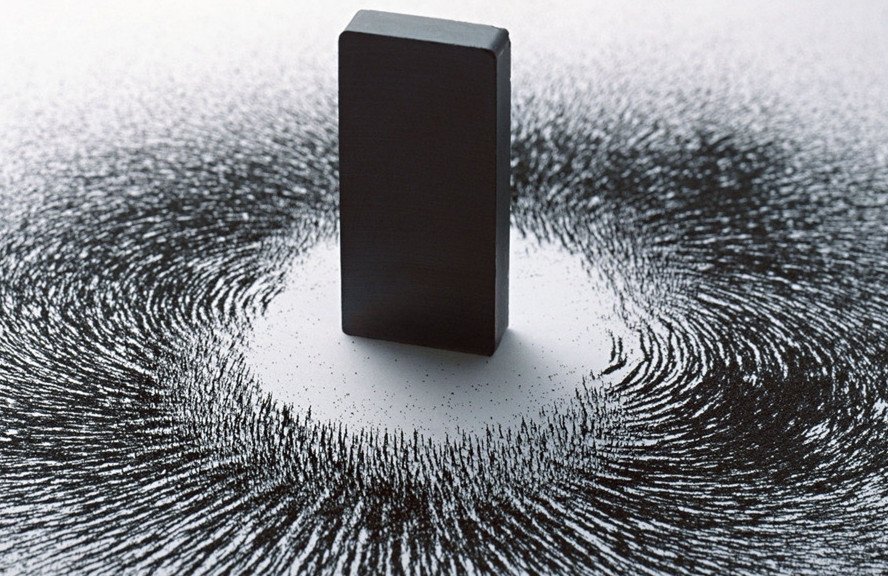When you think of a magnet, you might primarily focus on its fascinating ability to attract or repel other objects. However, did you know that a magnet also has a specific direction of magnetization? Let’s delve deeper into the world of magnetism and explore the magnetized direction and magnetization of a magnet.
To begin with, magnetization is the process of creating a magnetic field inside a material. The magnetic field is generated due to the alignment of electrons in the material. When electrons move in the same direction, they create a magnetic field, which ultimately results in a magnet. In simpler terms, magnetization is the process of creating a magnet.
Once a magnet is magnetized, it has a specific direction of magnetization. This is the direction in which the electrons are aligned, and it determines the magnetic behavior of the magnet. For example, if you have a bar magnet, the magnetization direction will be along the length of the bar.
In addition to the magnetization direction, a magnet also has two magnetic poles – north and south. The north pole is attracted to the south pole of another magnet, while the north pole repels the north pole of another magnet. The same goes for the south pole. This phenomenon is known as magnetic polarity.
Now, let’s get into the nitty-gritty of how the magnetized direction affects the behavior of a magnet. The magnetization direction of a magnet determines the strength of its magnetic field. When the direction of magnetization is along the length of a bar magnet, it results in a strong magnetic field. On the other hand, if the magnetization direction is across the width of a magnet, it results in a weaker magnetic field.
Moreover, the magnetization direction also affects the magnetic properties of a magnet. For instance, a magnet with its magnetization direction going from the north pole to the south pole is known as a “conventional” magnet. These magnets retain their magnetic field even after removing the field that magnetized them.
In contrast, a magnet with its magnetization direction going around the circumference of a cylinder is called a “demagnetized” magnet. These magnets lose their magnetic field quickly after removing the magnetic field that magnetized them. This property is useful for many applications, including credit card strips and computer hard drives.
Overall, the magnetized direction and magnetization are two fundamental aspects of a magnet’s behavior that should not be ignored. Understanding these concepts can help you make informed decisions when selecting magnets for different applications. Moreover, it can provide insight into how magnets can be used more effectively and efficiently.
To summarize, magnetization is the process of creating a magnetic field inside a material, and the magnetized direction is the direction in which electrons are aligned. This directly affects the strength and properties of the magnet’s magnetic field. Magnetic polarity is determined by the north and south poles of a magnet, which either attract or repel other magnets. By understanding these concepts, we can appreciate the complexity of magnets and their importance in our daily lives.
Post time: Jun-09-2023


